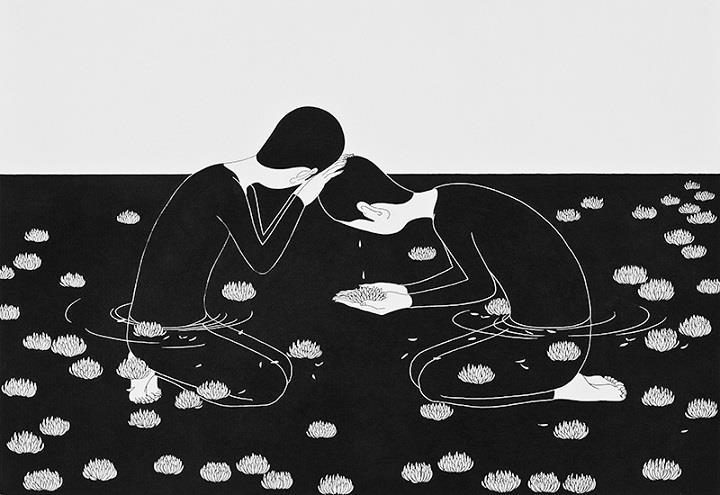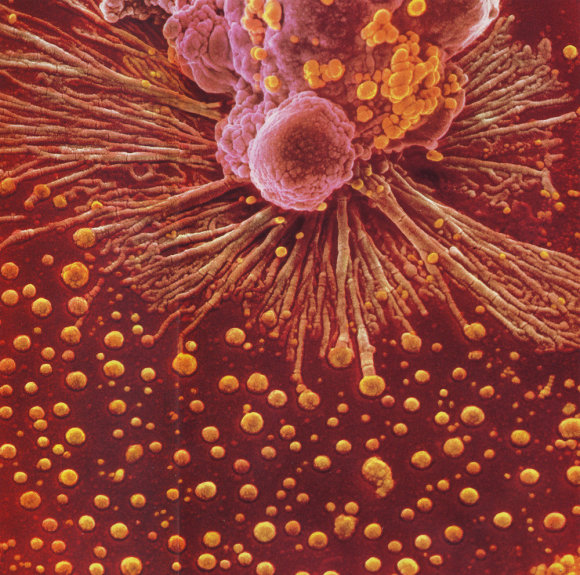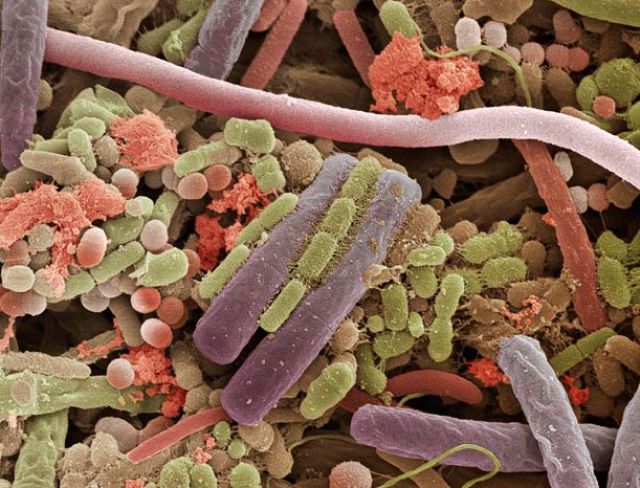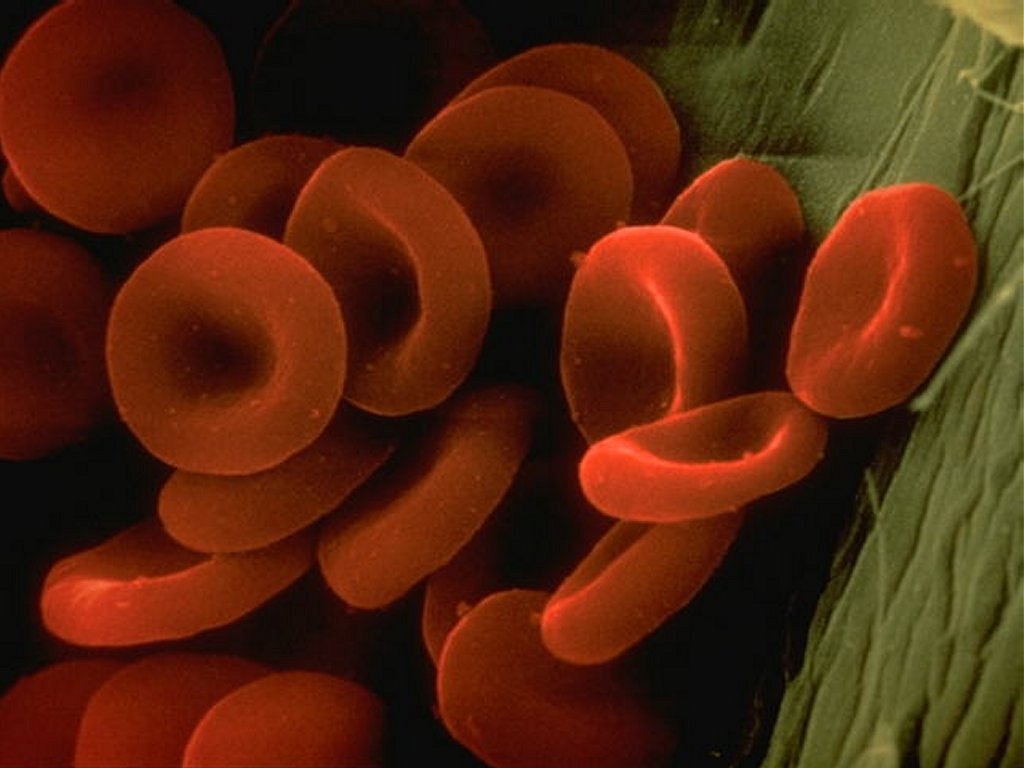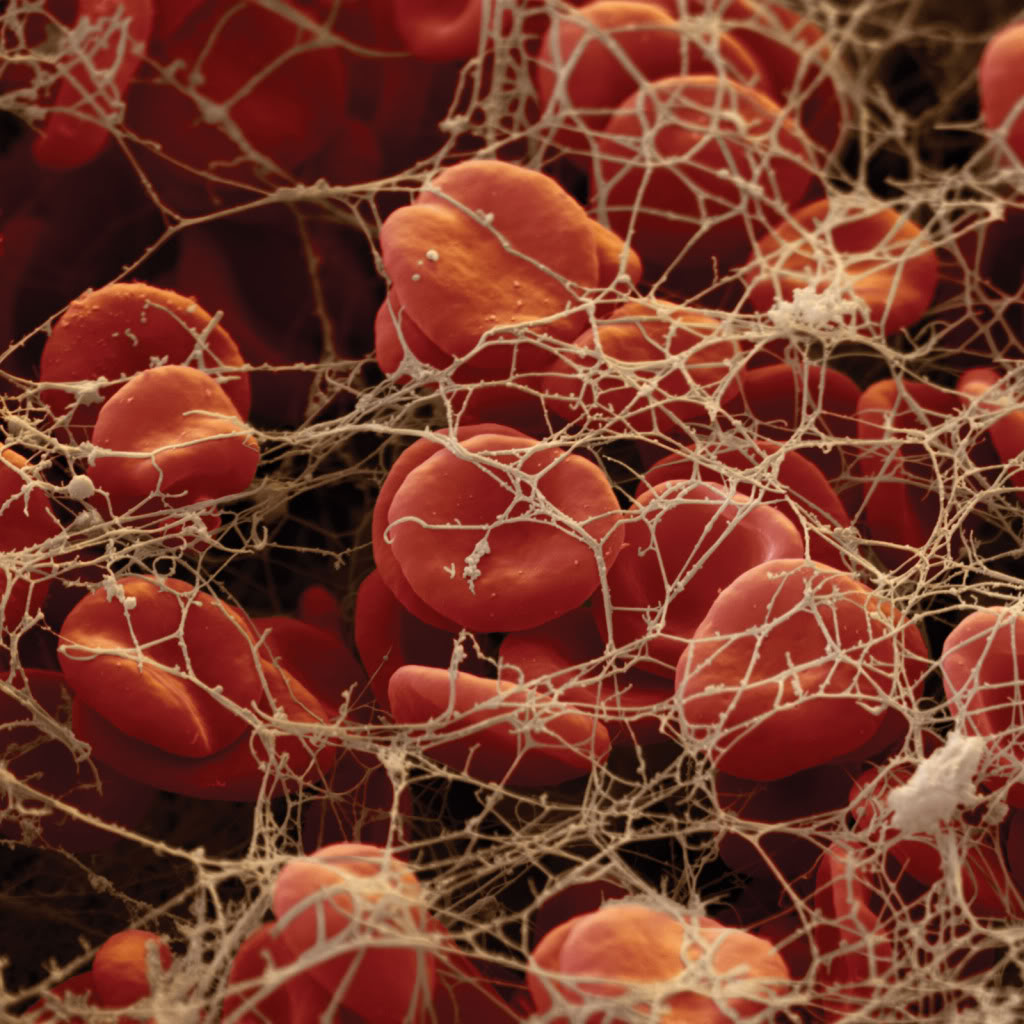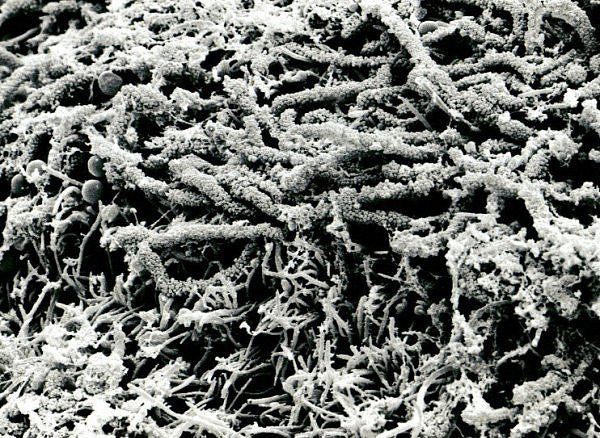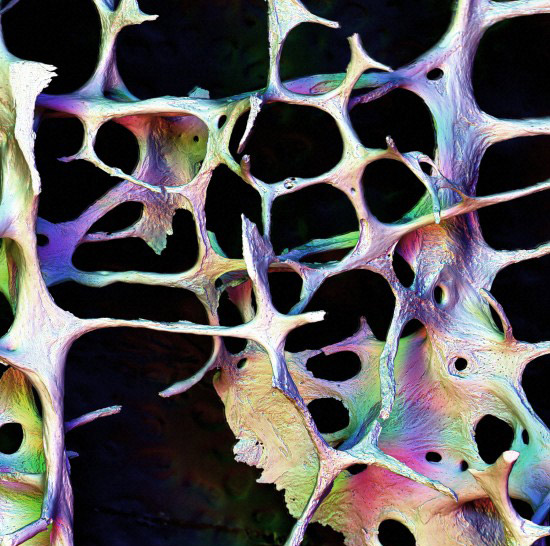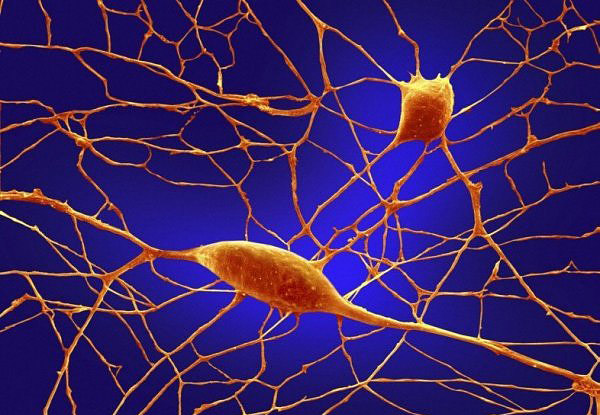After our experimentation session with paper nets, we decided to think more seriously about the packaging solution that we will definitely use for this brief. We noticed from primary research that a lot of products of a similar nature use thin plastic trays to hold the fish, usually covered by a thin transparent plastic film, which is in turn encased by a cardboard sleeve. We agreed as a team that this would probably be the best structural, functional packaging solution. Having a fairly deep plastic tray made from the sustainable plant based plastic where the fish would be placed. The packaging would be protected with a thin cellophane layer which would tear away. The plastic tray is oven safe and could then be placed in the oven. If we were wanting to be very minimal and even more environmentally sustainable, we would not feature any more packaging. However, this would not be practical for a number of reasons. There would be no where for the printed information to go and the cellophane would not be able to hold much weight if more boxes were stacked on top of it. We will include a cardboard sleeve, but it would be more sophisticated that ones we have seen on existing packaging. The sleeve would be more of a box surrounding the tray with shapes cut out of it to reveal the product underneath. Below is a rough sketch:

After we had established a rough packaging solution, we got to work on thinking about the information and content that will appear on the sleeve. There was one problem that needed assessing straight away. The brief was extremely non-descript about the new products themselves. It gave us no information about the new crispy fish products at all, so we interpreted this as them asking us to invent our own recipes, ingredients and products. We decided to create a mind map of what usually goes onto food packaging, in the hope that this would inspire us to come up with three very distinct fish recipes/combinations. Here is what we all agreed must be on the packaging:
Logo
Name of product
Image/illustration of the product
Product description
Ingredients list
Nutritional information
Allergens advice
Sustainability information
Serving suggestions
Cooking instructions
Further information: website etc
Recycling information
We then came up with three fish products, based on our own tastes, inspiration from the existing Saucy Fish product range and guidance from recipes and serving suggestions found on the internet. It was really fun inventing fish products, and seen as this is not something we do on a regular basis, I think we did well. Inventing the products has made the design process a lot easier already. Here are our new products, with colours associated with the fish (this is for design purposes only):
Crispy Thai Cod w/ Herb & Lemongrass butter sauce – orange, yellows, green, white
Crispy Sea bream w/ Tomato and Coriander filling - reds, white Crispy Salmon filled with Feta, Spinach & Ricotta – pinks, creams, greens










































